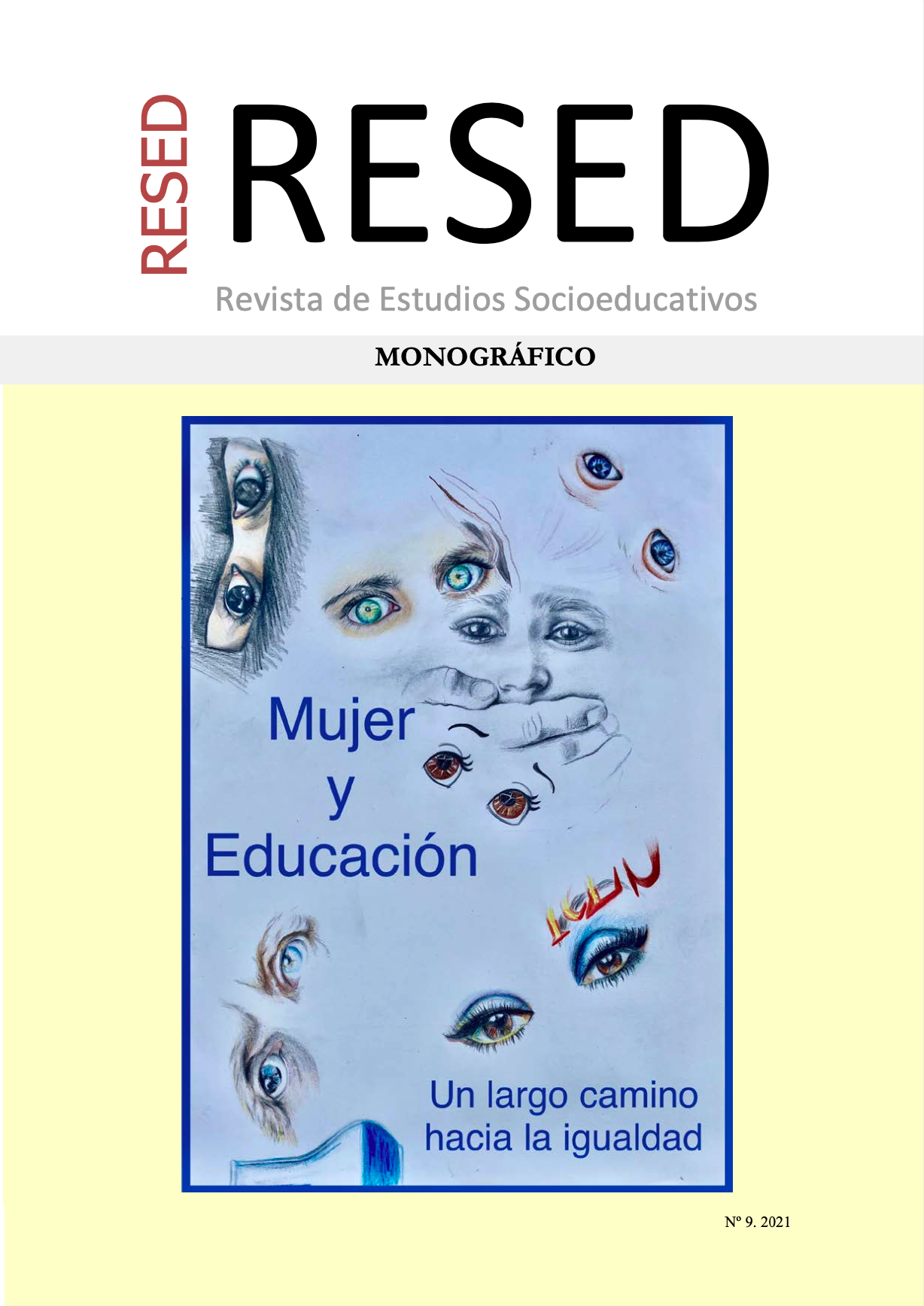Emancipación femenina en los clásicos de Disney

Información
Resumen
Existe una relación entre la emancipación de la mujer y la socialización por género, y muestra en las agencias educativas (la familia y la escuela) los puntos de referencia más importantes en la vida de un niño y de un adolescente. Pero influyen los medios comunicación. Los estereotipos de género son centrales en las narrativas mediáticas de la publicidad, del cine, de la televisión y aún más en el mundo incorpóreo de la Red. Su función de anclaje juega un papel fundamental. En el artículo analizamos el papel de los estereotipos de género en el cine de Disney, reflejo de valores sociales y culturales históricamente definidos, y también la capacidad de las películas de Disney para crear metanarrativas del mundo social en las que la relación entre los géneros femenino y masculino cambia. Desde el primer clásico de Disney, "Blancanieves y los siete enanitos", estrenado en los cines en 1937, hasta el largometraje de 2016 "Vaiana, se han alternado diferentes weltanschauungen (o visiones del mundo) que representan valores particulares y múltiples marcadores semióticos sobre diferencias de género. El análisis feminista ha estudiado las heroínas de Disney e identificado la evolución de los roles de género reflejado en la cultura popular.
Palabras clave
Descargas
Cómo citar
Licencia

Esta obra está bajo una licencia internacional Creative Commons Atribución-NoComercial 4.0.
Citas
Accardi, C., Banott,i E., Lonzi, C. (1970). Manifesto di Rivolta Femminile. Roma. Rivolta Femminile.
Arnaldi, V. (2016). In grazia e bellezza. L’evoluzione della donna secondo Disney. Roma. Ultra.
Bell, E., Haas, L., Sells, L. (1995). From Mouse to mermaid: the political of films, gender and culture. Bloomington: Indiana University Press.
Butler, J. (2006). Gender Trouble: Feminism and the Subversion of Identity. Routledge. London.
Dabakis, M. (1993). Gendered Labor. Norma Rockwells Rosie de Riveter and the Discourse of Wartime Womanhood. Gender and America History since 1890. London. Routledge.
De Lauretis, T. (1999). Soggetti eccentrici. Milano. Feltrinelli
Dundes, L. (2001), Disney’s modern heroine Pocahontas: Revealing age-old gender stereotypes and role discontinuity under a façade of liberation. The Social Science Journal, 38(3).
Durkin, K. (1985). Television, Sex Roles, and Children: A Developmental Social Psychological Account. Open University Press.
Fought, C., Eisenhauer K. (2016a). A quantitative analysis of gendered compliments in Disney princess films. Paper presented at the annual meeting for the Linguistic Society of America. Washington.
Fought, C., Eisenhauer K. (2016b). Gendered compliment behavior in Disney and Pixar: A quantitative analysis. Paper presented at the annual meeting for New Ways of Analyzing Variation. Vancouver. Canada.
Gianini Belotti, E. (1979). Dalla parte delle bambine. Milano: Feltrinelli.
Lonzi, C. (1974). Sputiamo su Hegel. La donna clitoridea e la donna vaginale. Milano. Rivolta Femminile.
Milkman, R. (1976). Women’s Work and Economic Crisis: Some Lessons of the Great Depression. Sage Journal, 1.
Morgan, M. (1987). Television, sex role attitudes and sex role behavior. Journal of Early Adolescence, 7, pp. 269–282.
Mulvey, L. (2004). Looking at the Past from the Present: Rethinking Feminist Film Theory of the 1970s. Journal of Women in Culture and Society, vol.30(1).
Piccone, S. S., Saraceno C. (1996) (ed.). Genere. La costruzione sociale del femminile e del maschile. Bologna: Il Mulino.
Rubin, G. (1975). The Traffic in Women: Notes on the ‘Political Economy’ of Sex, in R. Rayna (Ed.). Toward an Anthropology of Women. Monthly Review Press
Ruspini, E. (2009). Le identità di genere.Roma: Carrocci
Signorielli, N. (1993). Television and adolescent’s perception about work. Youth & Society, vol. 24(3). Sage Publications.
Smith, S. L., Choueiti, M., & Pieper, K. (2014). Gender Inequality in Popular Films: Examining On Screen Portrayals and Behind the Scenes Employment Patterns in Motion Pictures Released between 2007-2013. Media Diversity & Social Change Initiative. USC Annenberg, School for Communication and Journalism
Taurino, A. (2005). Psicologia della differenza di genere. Roma: Carocci.
Wiersma, B. A. (2000). The Gendered World of Disney: A Content Analysis of Gender Themes in Full-length Animated Disney Feature Films, Open Praire. Public Research Access Institutional Repository and Information Exchange. South Dakota. State University.
Witt, D. (1997). Parental influence on children’s socialization to gender roles. Adolescence. 32.


